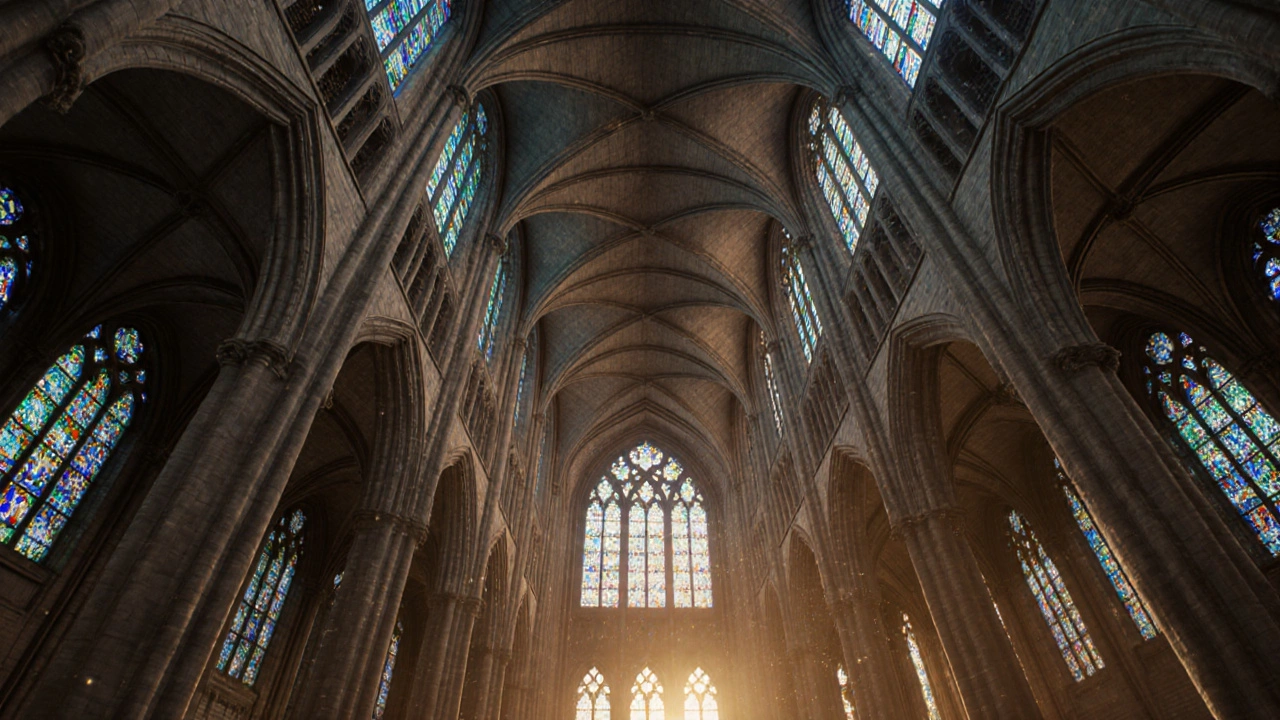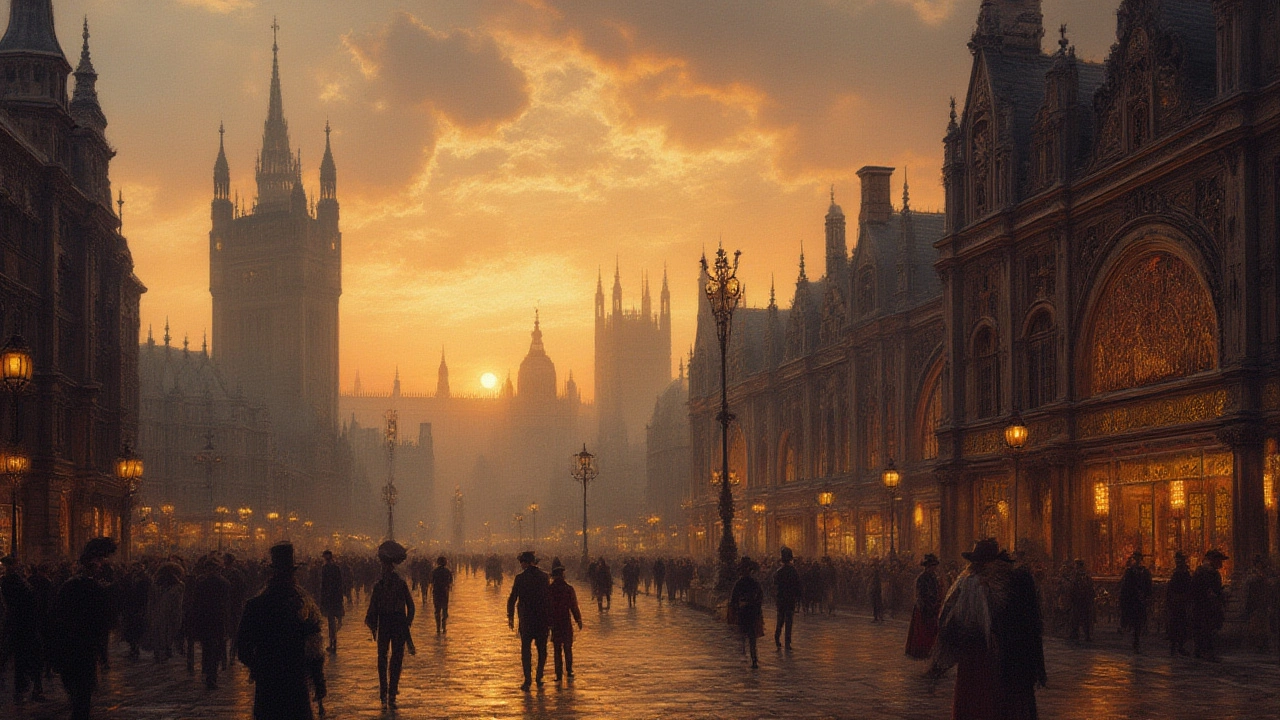Stained Glass: Styles, Care & Where to See It
A single stained-glass window can hold stories, colors, and centuries of technique. If you like architecture or art, stained glass is one of the most direct ways history talks to you. This page helps you recognize common styles, gives simple care tips, and points to where you can see great examples on Macklowe Art & Architecture.
What is stained glass? It’s colored glass cut into shapes and joined with lead came or copper foil. Color comes from metal oxides added when the glass is made. Painters sometimes add details and fire the glass to fix those paints. The result can be a flat mosaic of panels or detailed figurative scenes in church windows and civic buildings.
How to spot common styles
Gothic: Tall lancet windows, lots of vertical lines, and rich narrative scenes. Look for pointed arches and deep jewel tones. Our article "Gothic Revival Architecture" talks about the revival of that look in modern buildings.
Byzantine: Big, glowing colors and mosaic-like patterns. These windows often appear with domes and lots of gold tones. See "Byzantine Architecture" for context where stained glass fits with mosaics and domed interiors.
Art Nouveau: Flowing lines, organic shapes, and nature motifs. These windows feel more decorative and less rigid—check "Art Nouveau Architecture" to see how stained glass matches the wider style.
Renaissance & Baroque: More figurative scenes and painted detail. Windows linked to these periods often focus on storytelling and rich composition. Read "Renaissance Architecture" and "Baroque Architecture" for buildings that sometimes include these windows.
Romanesque & Beaux-Arts: Romanesque favors simpler, round-arched windows with heavy stone frames. Beaux-Arts may use stained glass as decorative skylights or domes—see "Romanesque Architecture" and "Beaux-Arts Architecture" for examples.
Quick care and preservation tips
Cleaning: Use distilled water and a soft cloth. Don’t use ammonia or bleach—those damage paint and lead. Dry gently and avoid rubbing painted areas.
Condensation and drafts: Moisture shortens window life. Improve ventilation and fix leaks. If you see persistent condensation between glass layers, call a conservator.
Structural checks: Look for bulging panels, cracked glass, or wide gaps in lead cames. These are signs you need professional repair. Small cracks can be stabilized, but big failures require restoration.
Protection and insurance: UV filters and exterior protective glazing help but must allow airflow to avoid trapped moisture. Photograph and document windows for insurance and conservation records.
Want to learn more or see examples? Browse related posts on Macklowe Art & Architecture, like "Gothic Revival Architecture", "Byzantine Architecture", and "Art Nouveau Architecture". Each article shows buildings where stained glass plays a visible role and gives tips on spotting details when you visit.
If you have a stained-glass window at home or manage one in a building, these basics will help you keep it bright and stable. For anything beyond gentle cleaning, contact a stained-glass conservator—restoration keeps the art alive for another century.

Gothic Architecture: Beyond the Dark Aesthetic
Gothic architecture isn't just dark and mysterious-it's a brilliant fusion of engineering, light, and faith that shaped modern building design. Discover how pointed arches, stained glass, and flying buttresses created structures that still inspire today.
Read more
Gothic Architecture - How Art Meets Engineering in Medieval Cathedrals
Explore how Gothic architecture blends soaring stone engineering with vibrant art, from flying buttresses and rib vaults to stained‑glass marvels, and see its lasting impact on modern design.
Read more
Gothic Revival Architecture: Exploring History, Features and Timeless Appeal
Discover Gothic Revival architecture: its roots, key features, striking examples, and tips for spotting this dramatic style everywhere you go.
Read more